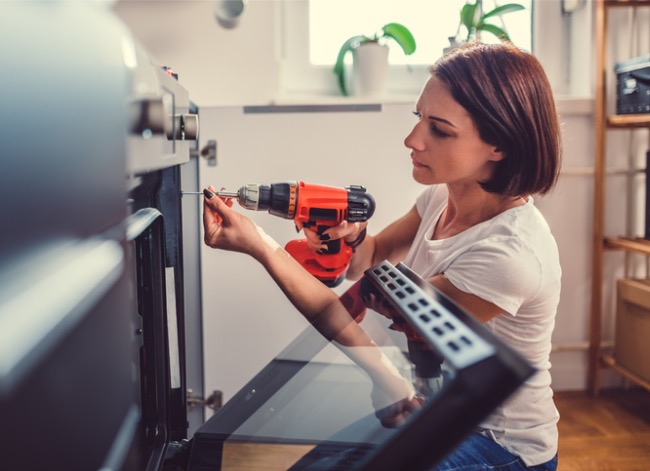We may earn revenue from the products available on this page and participate in affiliate programs. Learn More ›
Your Bad (or Misinformed) Habits are Killing Your Power Tool Batteries
When asked which power tool brand someone should go with, most pros and experienced DIYers will drive home the importance of battery power, battery life, and availability before they mention special features, speeds, or durability. That’s because, without reliable batteries, the tool extras don’t matter. But beyond not being able to use a cordless tool without a dependable battery, many batteries are expensive and can cost as much as the tool in many cases.
With the battery being so crucial, did you know that you might be prematurely killing your power tool batteries? This guide will show you how it may happen, and point out some ways to help make your batteries last as long as possible.
1. Leaving Batteries on the Charger
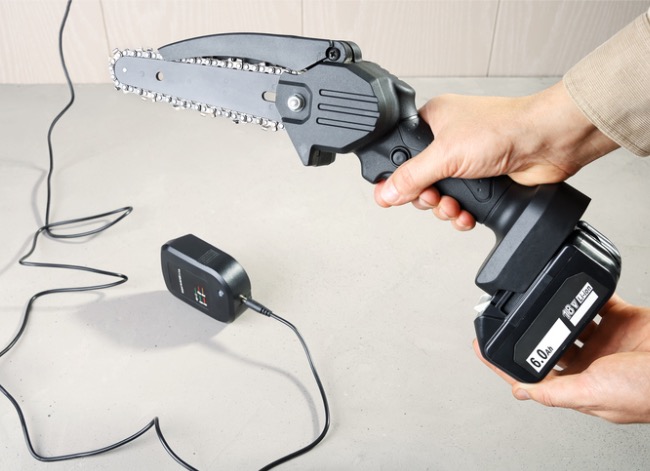
One of the most common ways DIYers kill their batteries’ potential lifespan is by keeping them on the charger. This can cause overcharging, which will result in a drastically shorter usable lifespan. A better course of action is to remove batteries from the charger when they’re ready and store them properly (more on that in a bit).
2. Storing Dead Batteries
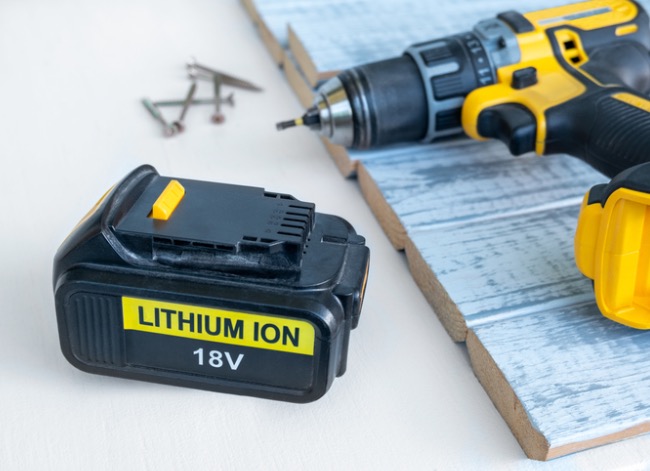
On the opposite end of the spectrum from overcharging, putting dead batteries away for long periods will also kill their capacity to hold a charge over time. You can avoid this by swapping to a new battery before the first one dies, or simply charging dead batteries for 20 minutes before storing them.
3. Completely Draining Batteries
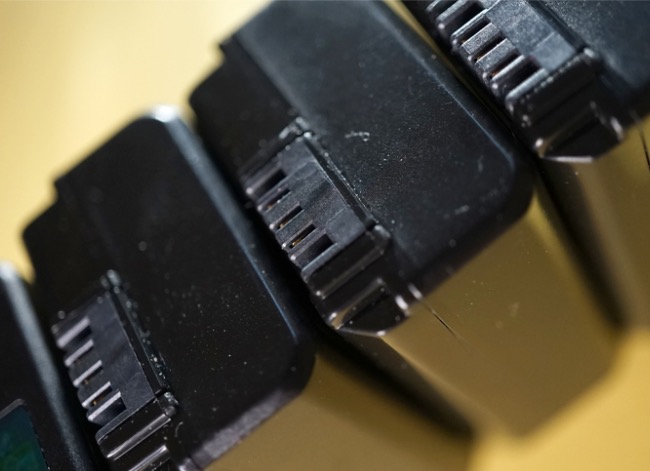
If they’re not paying attention, it’s very easy for a DIYer to run a battery down until it’s completely dead, but deep drains aren’t good for modern battery chemistry. Also, with older nickel-cadmium batteries, it was recommended to drain them completely before storage. That’s not the case anymore. The best way to avoid deep draining is by keeping an eye on a battery’s power indicator, or cycling to a new battery whenever you think of it.
RELATED: 9 Types of Batteries Every Homeowner Should Know
4. Storing Batteries That Are Fully Charged
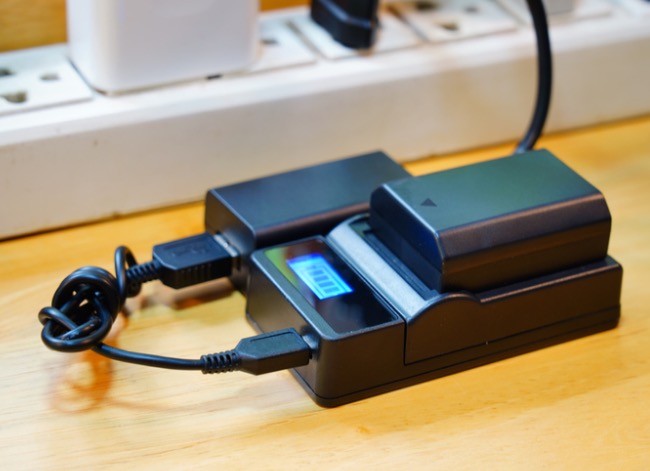
At this point, it might seem like batteries are the Goldilocks of the tool world, but you should not store batteries fully charged. First, fully charging a battery will shorten its lifespan. Second, a fully charged battery exposed to high temperatures is more likely to degrade or explode. Instead, store batteries at roughly 50 percent of their capacity for the optimal lifespan.
5. Not Storing Batteries Properly
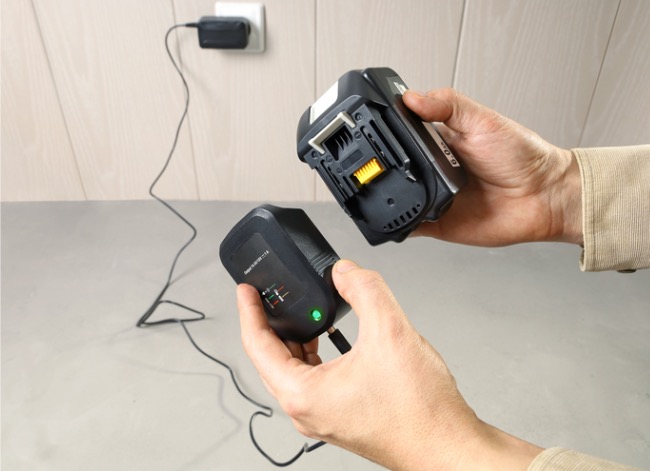
There is more to storing a battery than simply throwing it in a tool box at 50 percent of its charge. Battery packs are full of electronics, individual energy cells, and wiring. Allowing them to bounce around in the bed of a truck or tossing them from shelf to shelf in a workshop will cause the kind of damage that shortens their lives. Instead, store batteries in padded bags or their original box (usually with a tool) and, if you can, replace the plastic cap that covered their contacts when you first bought them.
RELATED: The Right Way to Dispose of Batteries
6. Exposing the Battery to Extreme Heat
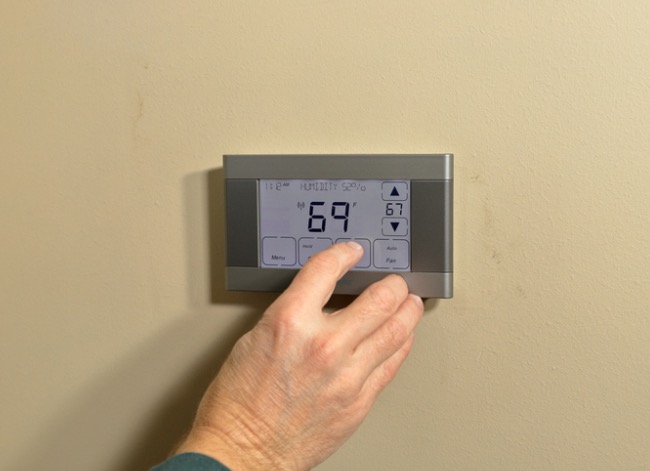
Extreme temperature are not good for battery packs, and extreme heat is the worst. Temperatures in excess of around 80 degrees Fahrenheit will degrade a battery, with temperatures above 100 or 120 degrees Fahrenheit causing rapid damage. For that reason, it’s best to store batteries in a garage that remains relatively cool during the summer. Also, unlike older batteries, modern batteries aren’t negatively affected by concrete—concrete can actually keep batteries cool. Just be sure to keep them dry.
7. Not Protecting Them From Moisture
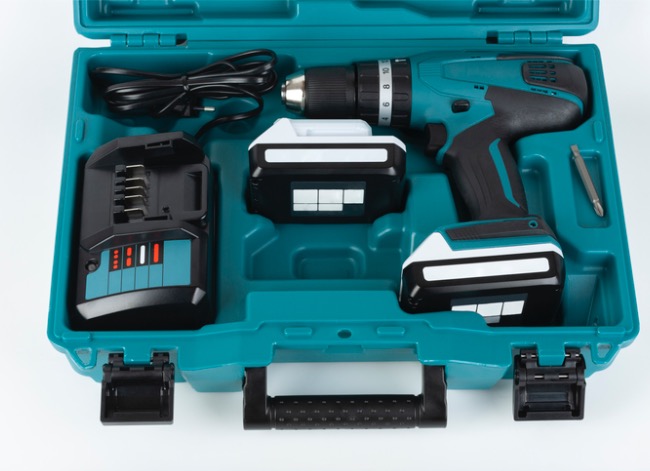
Moisture can quickly degrade the lifespan of a power tool’s battery because it can wreak havoc on the electronics and circuitry inside. What’s more, moisture can also cause contacts and terminals to corrode, which in turn causes resistance and throttles back battery output. While some jobs do require working with power tools in the elements, keeping batteries in their storage case when they’re not in use can help protect them from rain, snow, puddles, and mud.
8. Not Allowing Them to Cool Down
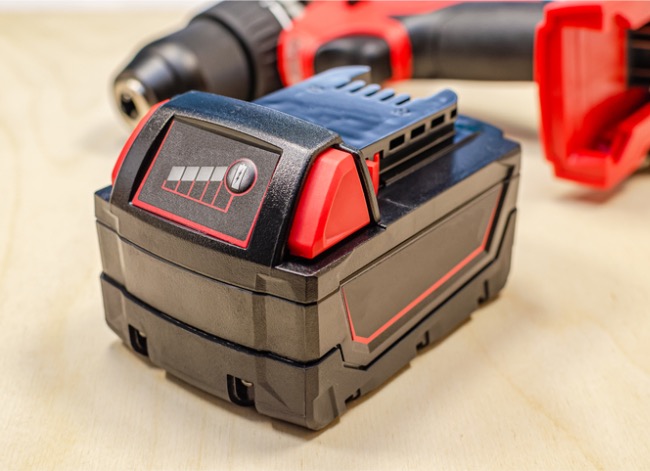
It’s already established that heat is bad for batteries, but being warm is also a fact of life for power tools and their batteries. During use and charging, heat builds up inside the battery pack and damages the pack cells. One way to avoid this heat buildup is to allow the battery to cool during use. Allow it to cool after charging before using it, or vice versa.
RELATED: We Tested the Best Battery Chainsaws, and Our Favorite is a Powerhouse
9. Using the Wrong Charger
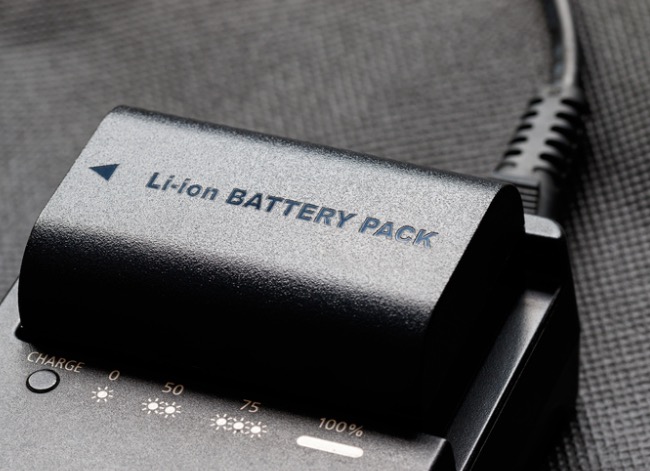
If your original battery charger kicked the bucket and you replaced it with a universal charger, you might be damaging your power tool batteries. The charger that your battery came with has the circuitry and sensors to know when the battery is too hot or overcharged. An off-brand universal charger might save you some money initially, but it could kill your batteries sooner. Instead, contact your tool brand’s manufacturer, explain which batteries you own, and allow them to point you in the right direction.
RELATED: The Best Power Tool Sets for Your Needs and Budget, Tested
10. Using the Wrong Battery in the Wrong Tool
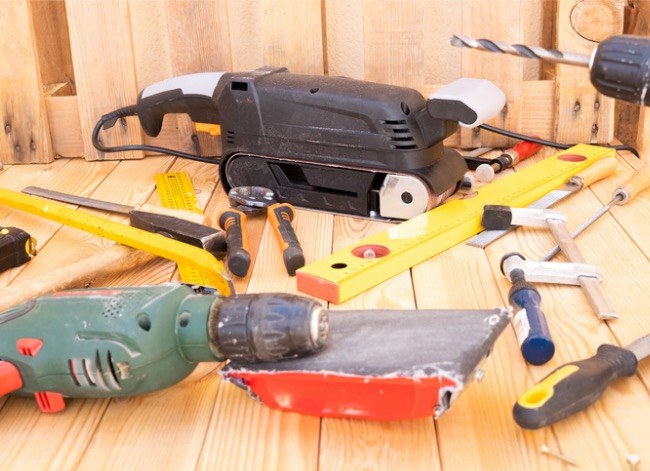
All rechargeable tool batteries have between 300 and 500 recharges before they’re pretty much useless, so you have to be smart about how you use them. For instance, using a 2.0- or 3.0-amp-hour battery in a power-hungry tool like a circular saw or angle grinder will drain it quickly, requiring more frequent recharges. Instead, save the smaller amp-hour batteries for drills and impact drivers, and use the larger batteries in heavy-duty tools.

